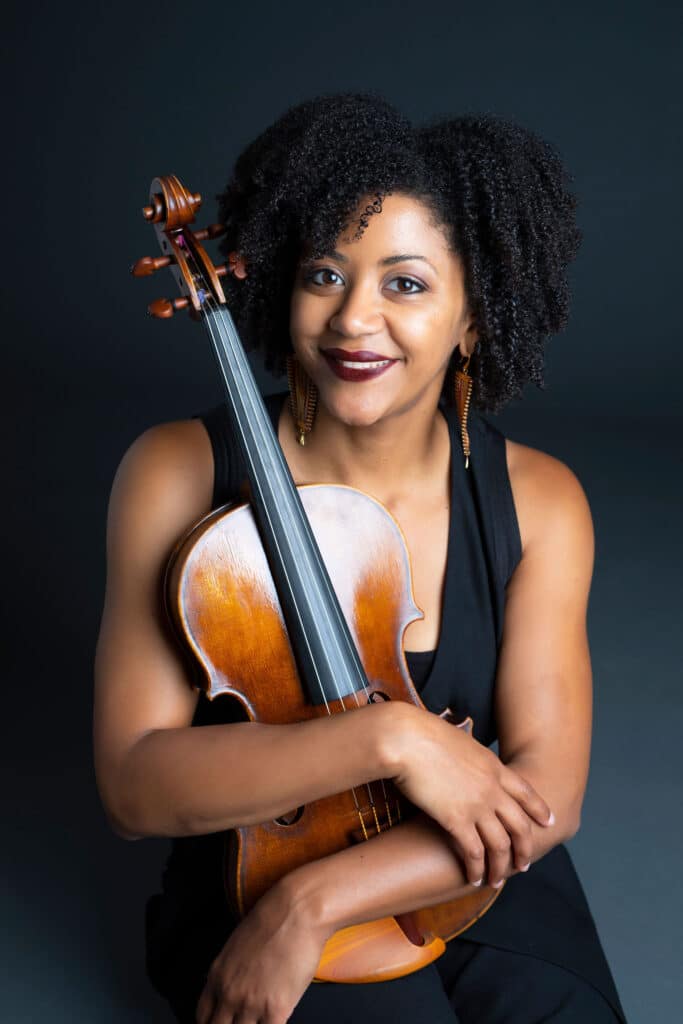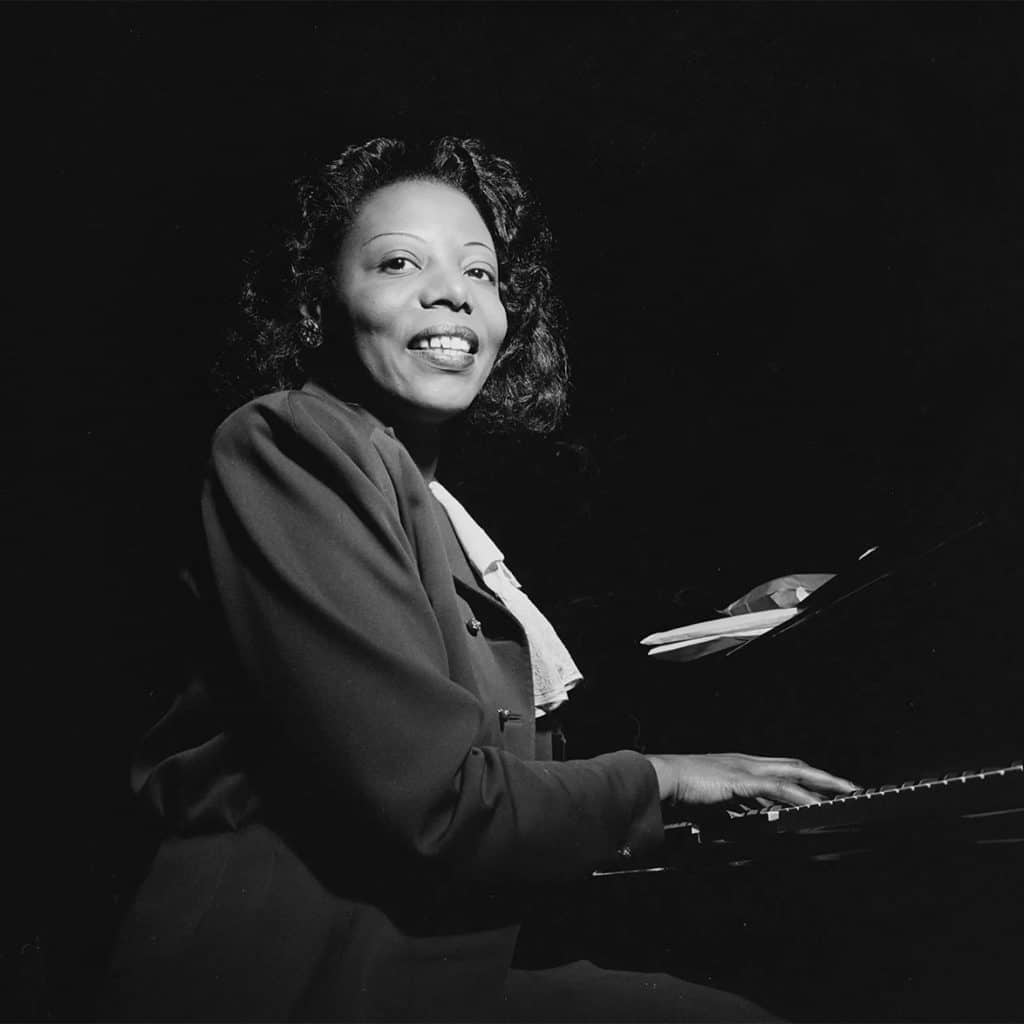We Want to Be Human, Too
To achieve racial equity, our field must move beyond the shallow trap of tokenism.

Kimberlé Crenshaw, the famed scholar of critical race theory who coined the term “intersectionality,” has an uncanny ability to illuminate the overlapping nuances of race and gender. In her 1989 essay, Demarginalizing the Intersection of Race and Sex: A Black Feminist Critique of Antidiscrimination Doctrine, Feminist Theory and Antiracist Politics, she illustrates a paradigm too often experienced today:
With Black women as the starting point, it becomes more apparent how dominant conceptions of discrimination condition us to think about subordination as disadvantage occurring along a single categorical axis. I want to suggest further that this single-axis framework erases Black women in the conceptualization, identification and remediation of race and sex discrimination by limiting inquiry to the experiences of otherwise-privileged members of the group.
This “single-axis framework” prohibits any nuanced, multi-layering of identities. Characteristics that are deeply interwoven to make a person who they are—a human complete with all sorts of complexities—become siloed for ‘easy’ categorization: a one-size-fits-all universal title of “Black woman,” for instance. The amazingly wide and richly diverse expressions that make us uniquely human become, as Crenshaw noted, erased. Our identities, voices, and contributions to the field and community at large are minimized and compromised, even as our field seeks greater diversity and inclusion. Amply evident throughout history and modern-day politics, this compartmentalization is one we’ve also seen time and time again in Classical music. This story of Florence Price, Undine Smith Moore, and countless other Black women composers past and present highlight this.
Born in 1887 in Little Rock, Arkansas to an upper middle-class Black family, Florence Price was the daughter of an affluent dentist-inventor-artist-writer father and elementary school teacher mother. She was dually steeped in the music of the Black church and Western classical music, with her mother being her first piano teacher. She published her first composition at age 11, graduated valedictorian from her high school, and excelled as a phenomenal pianist, organist, and composer at the New England Conservatory of Music. She was an active member of Chicago’s rich Black Renaissance scene where she taught, composed, and received career-elevating awards as a single mother of two small children. A woman of mixed heritage—French, Indian and Spanish on her mother’s side and Black, Indian, and English on her father’s side—she was a complex creative and leader who drew inspiration from African, Black American, and Western European worlds.
Despite all of these rich layers and complicated overlaps, her identity was reduced to the most basic and obvious physical traits: that she was Black and a woman. She acknowledged being a victim to racial and gender stereotypes in her now famous 1943 letter to then-Boston Symphony Orchestra conductor Serge Koussevitzky, where she wrote:
My dear Dr. Koussevizky,
To begin with I have two handicaps—those of sex and race. I am a woman; and I have some Negro blood in my veins. Knowing the worst, then, would you be good enough to hold in check the possible inclination to regard women’s composition as long on emotionalism but short on virility and thought content—until you shall have examined some of my work?
As to the handicap of race, may I relieve you by saying that I neither expect nor ask any concession on that score. I should like to be judged on merit alone—the great trouble having been to get conductors, who know nothing of my work . . . to even consent to examine a score.
It would be another 76 years before the BSO would perform her music—sections of her Third Symphony—on their mainstage Symphony Hall.
Price’s story is emblematic of both a moment in time and the long-standing—and present—perspective, treatment, and legacy of Black women composers in Classical music. The “Dean of African American” composers, Undine Smith Moore, spoke on this as well. Born in 1904 in Virginia, Smith Moore is perhaps best known as being a committed educator on faculty at Virginia State College for 45 years, co-directing the school’s Black Music Center, performing as a pianist, and composing an array of vocal music. As scholar Helen Walker-Hill noted in her 2007 book, From Spirituals to Symphonies: African-American Women Composers and Their Music, Undine Smith Moore “emphasized that black music is a ‘house of many mansions . . . blacks have many musics and some of them relate in an extremely universal way to the human condition.’” The acknowledged diversity for which she advocated certainly defied the easy categorization and marketability at the time of the singular “Negro composer” or “Negro female composer.” Of women, she noted that they “for a long time in the past, were indoctrinated with the widely held belief that the abstract is not their sphere,” and that the ability “to transmute inner sources by giving them artistic form is a discipline suitable only to men.” Both the lack of representation and suppressed imagination proved to be barriers for Black women realizing a future career in the arts. Helen Walker-Hill also noted Smith Moore’s response when asked if she would consider devoting herself fully to being a composer. Again, telling of the times and deeply held perspectives, Smith Moore remarked:
This question was surely written for men. Their wives assume those dreary responsibilities which make it possible for them to compose. . . . It would be fine to have a life so ordered that other everyday responsibilities did not impinge so heavily on my time.
Social, racial, and gender factors were intrinsically intertwined beyond her control, working to both define and restrict the reception, publication, and legacy of her work and life.
Florence Price and Undine Smith Moore’s stories are not oddities, rare occurrences that run against the norm, or mere historical talking points. Expanding upon the points raised in Dr. Samantha Ege’s Florence Price and the Politics of Her Existence, the politics of Black women’s existence today are incredibly complicated. They are messy, often pitting self-identification against perception, personal expression against expectation, creativity against forced curation, all while laying all on top of a bed of intersecting race and gender narratives. Molds are built before a mutual agreement is made and freedoms compromised before fully enjoyed. The categorization and labeling of Black peoples—and especially Black women as this essay highlights—is something composer Tania León has fervently fought against. “I am tired of all our labels,” she revealed in a 1986 interview. “I am nothing that the people want to call me. They do not know who I am. The fact that I am using this physical costume does not describe my energy, does not describe my entity. My chosen purpose in life is to be a musician, a composer, a conductor. This is the way I am making my contribution to mankind.” Her words express her fundamental humanness, an identity that defies labels, assumptions, or belonging to a single-axis categorization.
The non-monolithic and highly personal experiences of Black peoples is something contemporary composer Dorothy Rudd Moore also spoke passionately about:
The ‘African-American experience’ is a narrow and limiting term. We must not allow others to dictate what we should create nor succumb to the notion that black artists have legitimacy only when dealing with pathology of what politicians and bureaucrats like to call ‘the inner city.’ Such myopia deprives people of their humanity and unique vision. . . . African-Americans, like any other group, are vast and various in their musical tastes and appreciation.
This deprivation of “humanity and unique vision” was echoed once again just this October by composer Jessie Montgomery. In an interview with The New York Times, she voiced her concern for “being programmed just to fit a mold, like I’m being tokenized.” Montgomery remarked that “at the end of the day, I just want to make music . . . I want to feel as free in my art as any white dude has felt.”
While not a composer, I am a Black women violist and director of Castle of our Skins, a concert series, now in its eighth season, committed to promoting the artistry of African diasporic composers. While not a composer, I can safely say that we, as Black people and especially as Black women, do not want to be otherized. We do not want to be interchangeable bodies and seen as a monolithic, easily classifiable identity. We do not want to be part of a cyclical societal amnesia that is temporarily countered when topical or faddish consciousness deems appropriate. We do not want to be called to act only when there is a diversity crisis or racial unrest.
We want to exist. Fully. And celebrate the fullness of our humanity.
As presenters, administrators, performers, and colleagues, we all must look beyond the simple, the obvious, what you may think you know, and explore the deeper overlaps that aren’t readily visible: the human characteristics, the lives and values of the person behind the creation, the musical narrative of her work and the expressivity with which she creates and dreams. Pre-pandemic, our world concocted the practice of not fully embracing our uniqueness and creativity, restricting our agency to the confines of what society and trends deem convenient. Since then—and from generations that long pre-dated Florence Price—we have known of this problem. We have also known of the solutions and have countless op eds, panels, workshops, conferences, books, lectures, DEI trainings, solidarity statements, initiatives—the list continues—to refer to for answers. We have the solutions. Now let’s ensure that this problem is finally addressed when we return to our concert stages and classrooms.




